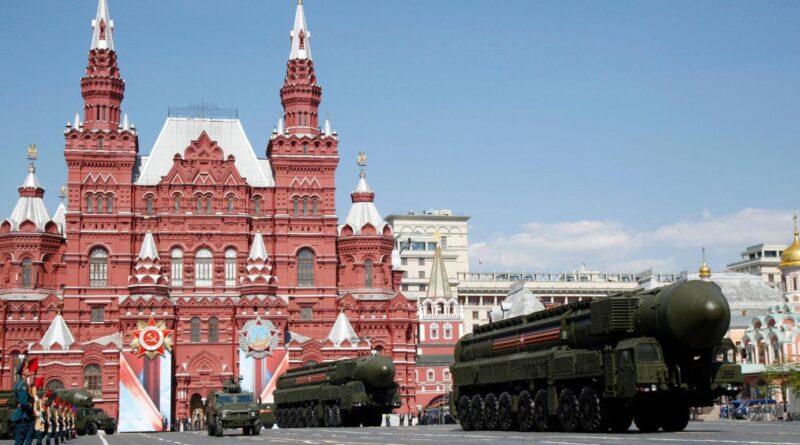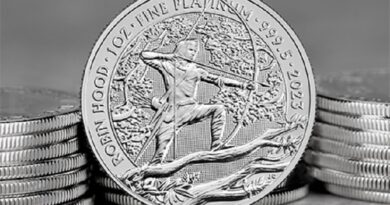Russia restarts gold and currency purchases at $19 million per day
Russia’s finance ministry announced late last week that it would start buying currencies and gold again in August after 18 months of selling or sitting on the sidelines as Moscow looks to profit from recent high oil prices, according to Reuters.
Russia ended a nearly one-year-long pause in their foreign exchange interventions in January when they began selling their yuan reserves under a budgetary mechanism designed to insulate the country’s economy from the volatility of commodity markets. FX purchases were halted in late January 2022, and the program was suspended after the invasion of Ukraine the following month.
As the bulk of Russia’s currency reserves were frozen by U.S. and European sanctions, the yuan is the main asset Russia still has available for these operations. Approximately one-third of Russia’s budget revenues come from its oil and gas industry.
The finance ministry said it planned to buy 1.8 billion roubles, or $19.27 million worth of foreign currency, each day from Aug. 7 to Sept. 6, with FX purchases totaling 40.5 billion roubles ($3.78 billion). It did not share a specific target for its gold purchases.
The Central Bank of Russia (CBR) carries out these FX interventions on behalf of the finance ministry, but the CBR also resumed interventions of its own on Aug. 1, selling 2.3 billion roubles worth of foreign currency per day, meaning Russia will still be a net seller of 0.5 billion roubles worth of currency each day. The central bank has sold 559 billion roubles’ worth of yuan and gold ($5.98 billion) from the National Wealth Fund (NWF) on the finance ministry’s behalf so far this year.
In the previous period, between July 7 and Aug. 4, the ministry sold 34.9 billion roubles’ worth of foreign currency to compensate for lower oil and gas revenues. The ministry said that energy revenues were 32.7 billion roubles below expectations in July, but forecasted additional oil and gas revenues of 73.2 billion roubles in August.
Russia’s reference Urals crude oil blend rose in July above the price cap of $60 per barrel imposed in December, but it remained well below the $78.41 per barrel it earned in July 2022.
The NBR’s National Wealth Fund accounts hold 9.054 billion euro, 285.7 billion yuan (USD$40.2 billion), 517.1 metric tons of gold, and 228 mln rubles (USD$2.82 million), according to the latest data.
The NWF holds Russia’s oil revenues and was created to help support the pension system. “NWF is dedicated to support pension system of the Russian Federation to guarantee long-term sound functioning of the system,” the Finance Ministry’s website states. The Fund’s primary mission is to “co-finance voluntary pension savings of Russian citizens and to balance budget of Pension Fund of the Russian Federation.”
The fund’s assets held in euro, pounds, and Japanese yen were frozen after sanctions were introduced on Russia following its invasion of Ukraine.
Back in January, Russia already sold 3.6 tons of gold and 2.3 billion Chinese yuan to cover the budget deficit as income from oil and gas revenues fell. This marked the first move of its kind.
And at the start of this year, the Russian Finance Ministry said it had doubled its holding in gold and chinese yuan within the National Wealth Fund (NWF). The new maximum holding limits are set at 40% for gold and 60% for yuan. The previous limits were at 20% and 30%, respectively.




